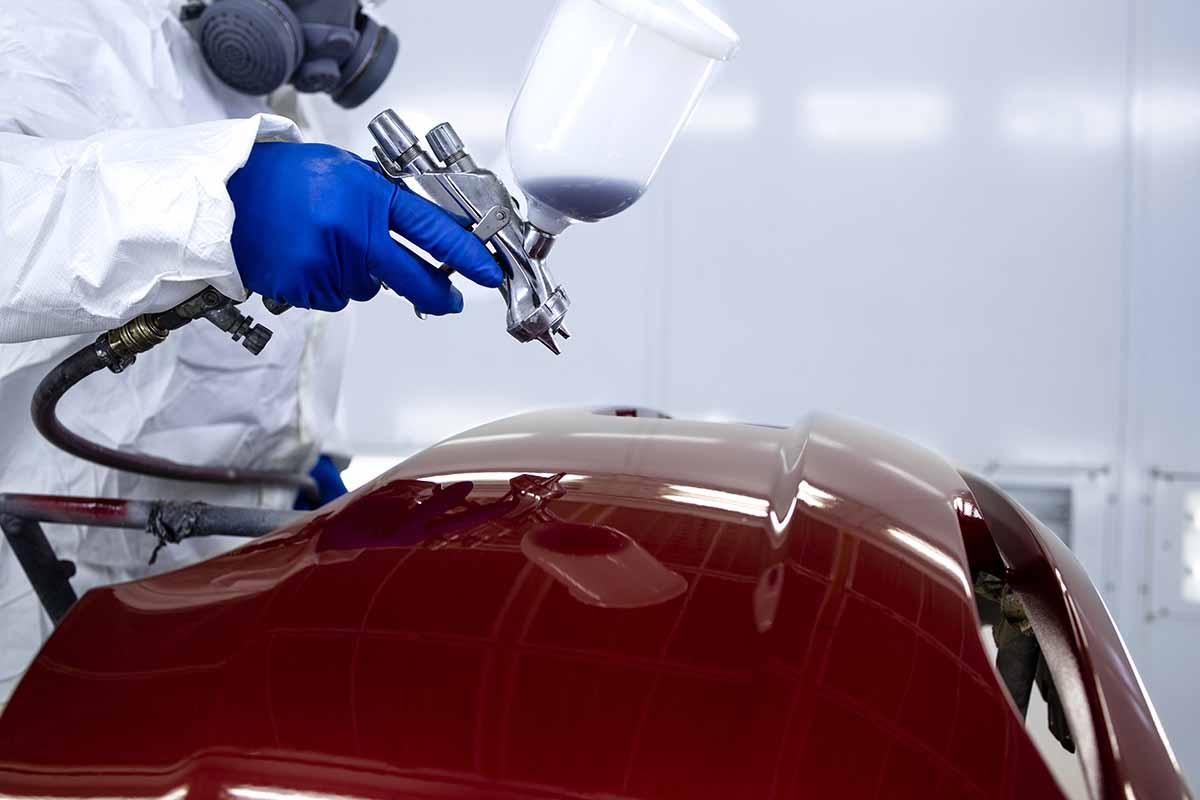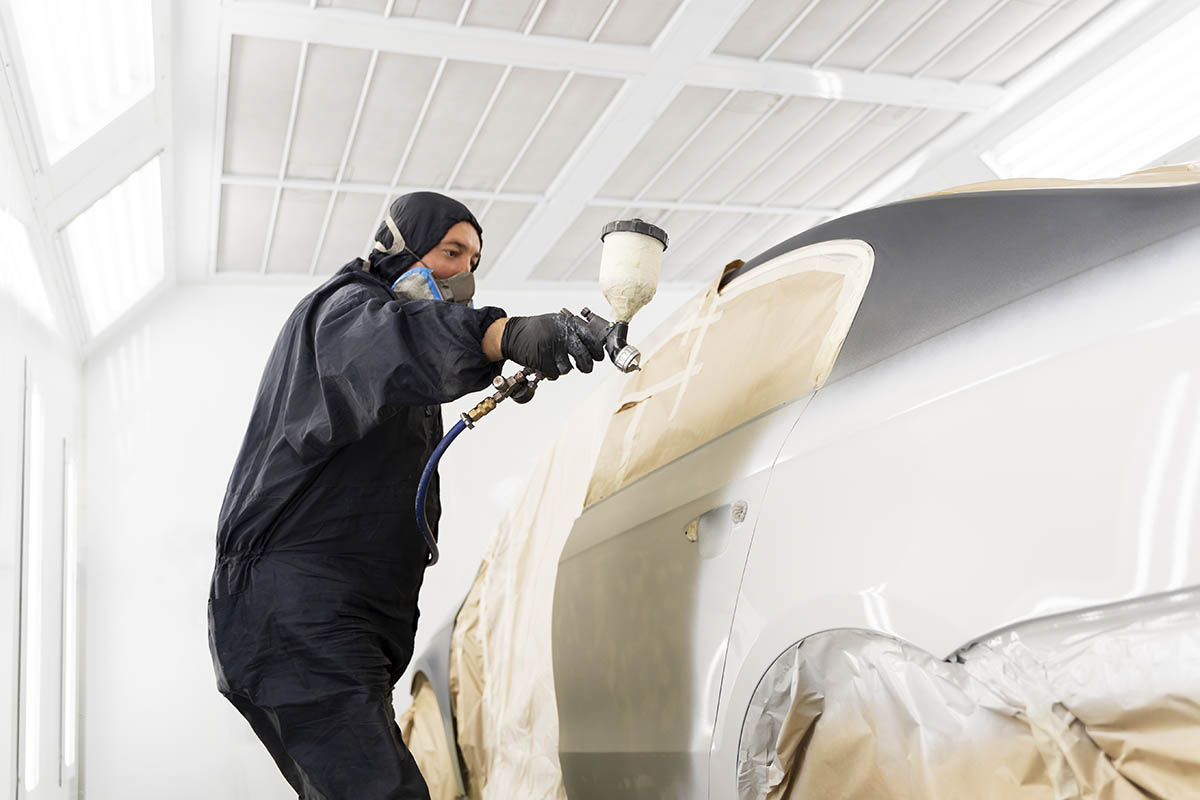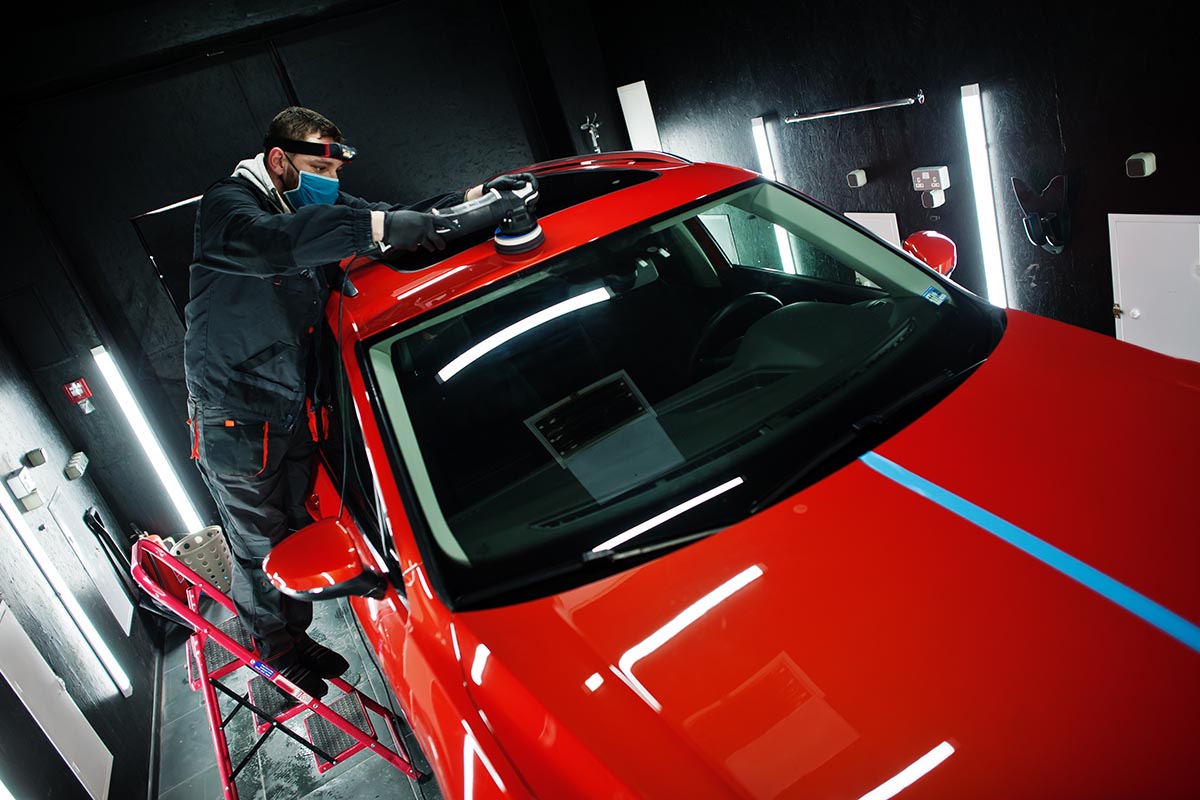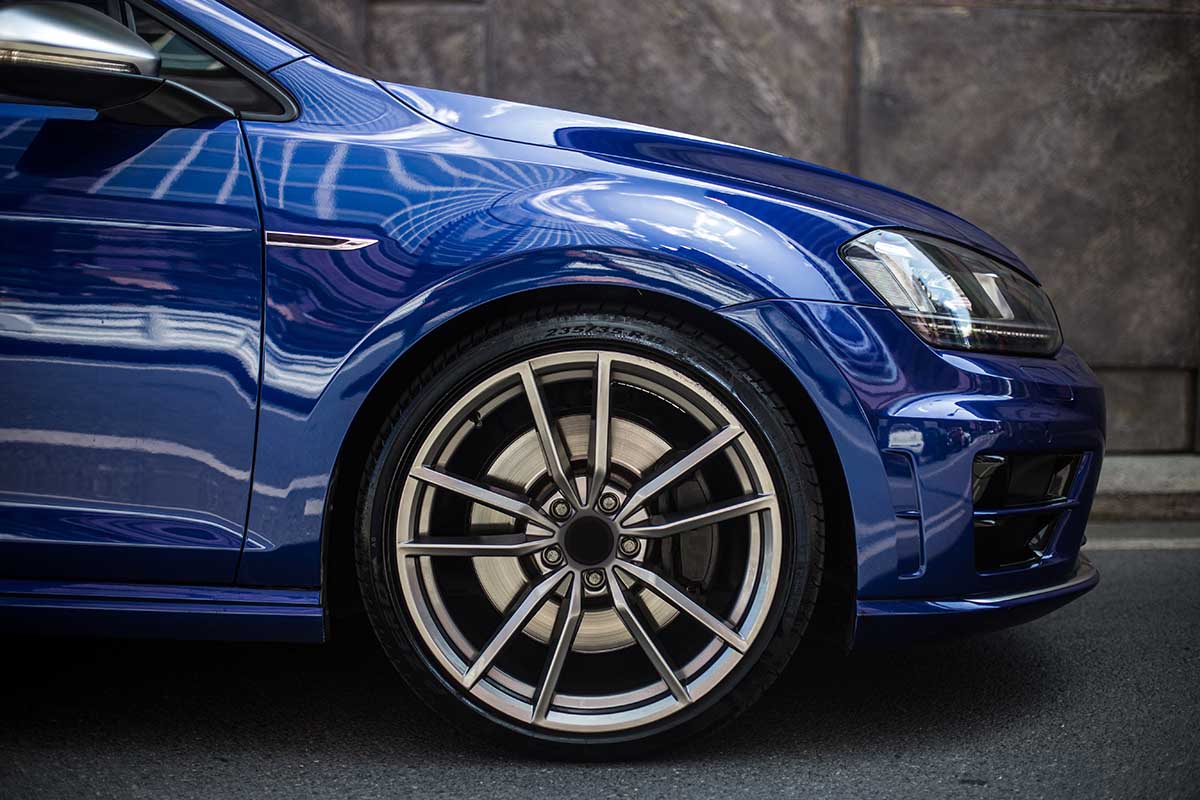6 Ways To Protect Your Car Paint
Your car’s exterior paint is not just a superficial layer that adds to its aesthetics; it serves as a shield against the elements, road debris, and various environmental hazards. Maintaining the pristine condition of your car’s paint enhances its visual appeal and contributes to its overall longevity.
Preserving Your Ride with this 6-Way
Regular Washing and Drying
Regular washing is the simplest and most effective way to protect your car’s paint. Dust, dirt, bird droppings, and other contaminants can damage the paint over time. Washing your car at least once a week helps remove these contaminants before they have a chance to cause any harm.
Use a high-quality car shampoo and a soft sponge or microfiber wash mitt when washing your car. Avoid using household detergents, as they may strip the wax or sealant on your car’s paint. Additionally, choose a shady spot to wash your car to prevent water spots caused by the sun.
After washing, it’s crucial to dry your car thoroughly. Water droplets can leave mineral deposits on the paint, leading to unsightly spots. Use a clean, soft microfiber towel to dry your car, starting from the top and working your way down.
Waxing for Protection
Protect your car paint with wax and shield against the elements. Car wax creates a barrier that helps prevent contaminants from adhering to the paint surface. It also provides a glossy finish, enhancing the overall appearance of your vehicle.
Experts recommend waxing your car every three to four months, which can vary depending on climate and driving conditions. Different types of car waxes are available, including natural waxes like carnauba and synthetic waxes. Choose a wax that suits your preferences and your vehicle’s specific needs.
Before applying wax, make sure your car is clean and dry. Apply the wax in small, circular motions and let it dry according to the product instructions. Once dry, buff the wax off with a clean microfiber cloth to reveal a lustrous shine.
Invest in Paint Sealants
For longer-lasting protection, consider using paint sealants. Paint sealants are synthetic products that bond with the paint to create a durable protective layer. They typically last longer than traditional car waxes and provide enhanced resistance against UV rays, bird droppings, and other contaminants.
Applying a paint sealant is similar to waxing. Ensure that your car is clean and dry before application. Use a foam applicator pad to spread the sealant evenly on the paint surface. Allow it to cure according to the product instructions, and then buff it off with a clean microfiber cloth.
While paint sealants offer excellent protection, following the manufacturer’s recommendations for reapplication is essential, as their effectiveness diminishes over time.
Use Ceramic Coatings for Ultimate Protection
Ceramic coatings are a game-changer for those looking for the pinnacle of paint protection. Ceramic coatings create a nano-ceramic layer on the paint surface, providing unparalleled durability and resistance to various environmental contaminants.
Ceramic coatings offer superior protection against UV rays, oxidation, water spots, bird droppings, tree sap, and more. They also provide a hydrophobic effect, causing water to bead and roll off the surface, making washing and maintenance easier.
Applying a ceramic coating requires meticulous preparation, including thorough cleaning and decontamination of the paint surface. It’s a job best left to professionals, as the application process demands precision and expertise.
While ceramic coatings come with a higher upfront cost than traditional waxes and sealants, their long-lasting protection and ease of maintenance make them a worthwhile investment for enthusiasts who want the best for their vehicles.
Mindful Parking Practices
Where you park, your car can significantly impact its paint condition. Whenever possible, park in shaded areas to protect your vehicle from the harmful effects of UV rays. Prolonged exposure to the sun can cause paint to fade and deteriorate over time.
Avoid parking under trees, especially those that produce sap or have overhanging branches. Bird droppings and tree sap can cause severe damage to your car’s paint if left unattended. If you cannot park under trees, consider using a car cover for added protection.
Additionally, be mindful of your surroundings when parking. Leave ample space between your car and others to minimize the risk of dings and scratches from doors and shopping carts.
Ways to Protect Car Paint: Regular Inspection and Touch-ups
Regularly inspect your car’s paint for any signs of damage, such as chips, scratches, or swirl marks. Addressing these issues promptly can prevent them from worsening and protect your car from further damage.
Invest in high-quality touch-up paint that matches your car’s color. Touch-up paint can be used to cover small chips and scratches, preventing them from becoming more extensive problems. When applying touch-up paint, follow the manufacturer’s instructions carefully for the best results.
Preserving the paint on your car requires a combination of proactive measures and regular maintenance. Remember that each car is unique, and factors such as climate, driving conditions, and personal preferences will influence the choice of protective measures.
By incorporating these practices into your car care routine, you can ensure that your vehicle’s paint remains in optimal condition, contributing to its longevity and aesthetic appeal. To ensure you’re applying the best car care, consult Attention Detailing today!




















